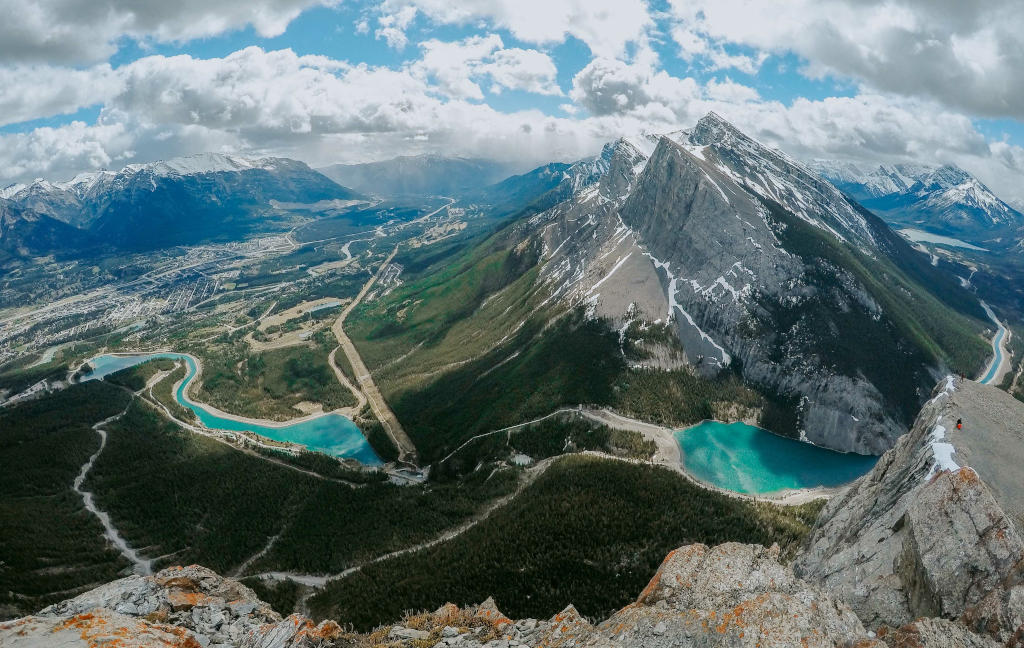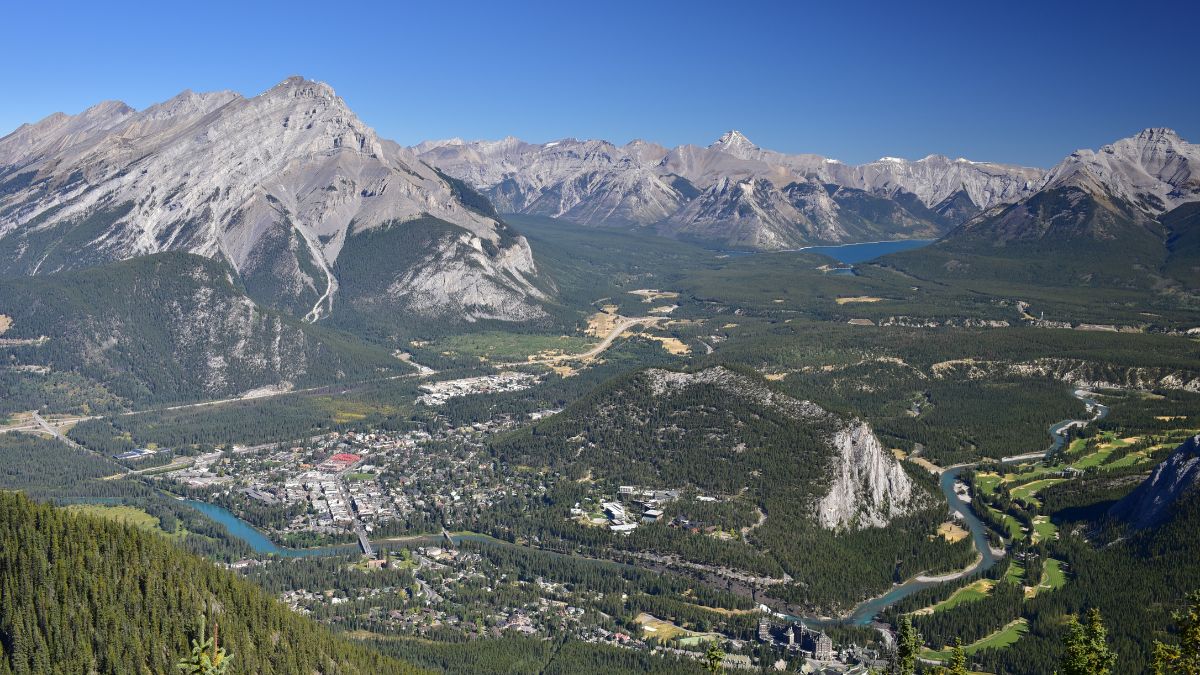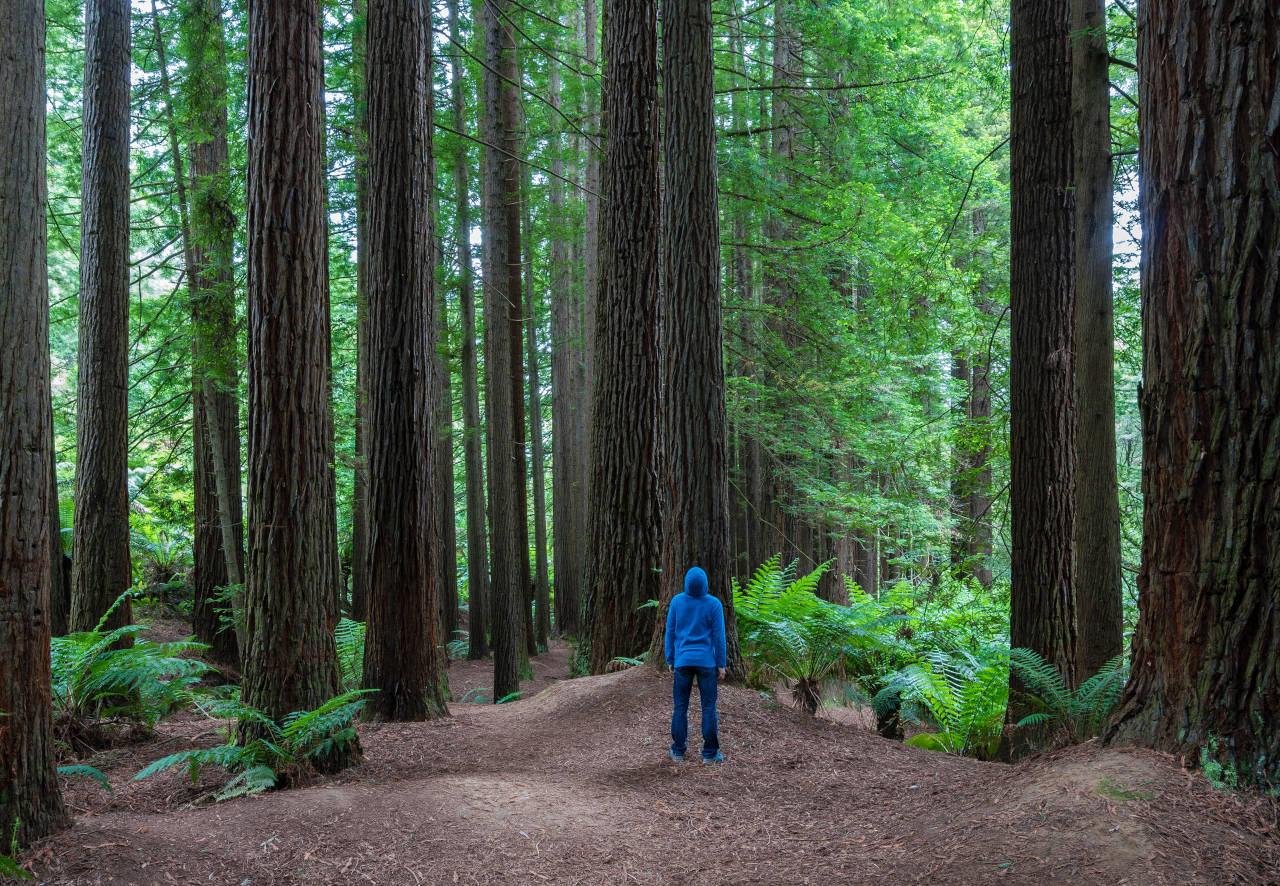After living in over 15 countries and various cities and mountain adventure town environments around the world, I finally settled (for now) in Canmore, Alberta.
Nestled in the Canadian Rockies at 1,375 m (4,511 ft) on the edge of Banff National Park, Canmore is the second highest elevation town in Canada after the town of Banff 20 minutes away (technically Lake Louise is higher but it’s only considered a hamlet).
It is a Canadian mecca for people who love adventure travel, extreme sports and hiking mountains like me. And it just happens that a lot of living here have ADHD.

Why ADHDers Love Living In The Mountains
Having spent the last year living here, it seems like the area attracts an awful lot of people with ADHD.
Now, I’m pretty open about my ADHD as I see it as a gift and not something to keep quiet about but I’ve been surprised by just how many people I’ve met here also have ADHD.
I know there isn’t just one way of being ADHD or neurodivergent but it seems like a lot of the adults with ADHD that I meet here also have a strong passion for nature, adventure and extreme sports such as hiking, rock climbing, skiing, snowboarding, slacklining, trail running, wildlife photography and backcountry camping.
This got me thinking about what exactly is the ideal environment and lifestyle for someone with ADHD.
Being surrounded by epic mountain landscapes that constantly inspire awe & wonder and living an active lifestyle is going to be good natural medicine for most people with ADHD but perhaps there’s something more to do…
The Paradise Paradox And Why ADHDers Love Mountains
Last May, I had the chance to attend Banff Mental Health Week and at one of the events I got a chance to watch a fascinating documentary called The Paradise Paradox, which opened my eyes to just how many people in the mountain have neurodivergent conditions and mental health challenges.
Just by watching the trailer, you can see how many people featured likely have ADHD or some kind of neurodivergence that has attracted them to the mountain lifestyle. One quote from a young woman in the trailer stuck with me, “The only time I’ve ever felt true silence is at the top of a mountain.”
Perhaps all these extreme sports, adventure travel and novelty seeking in natural world is a positive form of self-medication, which I think is mostly a good thing but there are also a lot of alcohol and drugs in these mountain towns.
It never ceases to blow my mind how many people in the neighbouring town of Banff spend so much time partying, drinking and doing drugs that they barely get out into the mountains to enjoy the natural highs all around them.
Apparently, there is something to why so many people with ADHD are attracted to extreme sports, adventure and mountain towns. And it’s not just for the adrenalin, there are actually some physiological reasons why living at high elevations benefits ADHD.
I came across an article in Outside Magazine that talked about how the human brain seems to produce more dopamine at higher elevations (and paradoxically less serotonin). What this means is that the prevalence of ADHD as a diagnosable disorder is significantly less in mountain towns while people suffering from depression is higher than elsewhere.
For people who already have a diagnosis of ADHD, the fact that the human brain produces more dopamine at higher elevations may be therapeutic.
There is also some evidence that people with ADHD have a hunter and explorer gene that is rare in the population called the DRD4 gene, which researchers say is linked to greater novelty-seeking, risk taking and substance-use cravings.
It’s certainly true that the nature of ADHD is that many neurodivergent adults with ADHD need a lot more stimulation than neurotypical people. Perhaps, the combination of extreme sports, constant adventure opportunities and the high-consequence outdoor jobs in mountain towns is enough to give that extra dopamine kick necessary to find their nirvana.
- 10 Tips, Tricks And Tools To Overcome ADHD Paralysis - March 19, 2025
- 10 Interesting Facts About Adult ADHD And Mental Health - March 18, 2025
- 15 Ways To Manage ADHD Without Meds By Biohacking Dopamine - February 14, 2025



